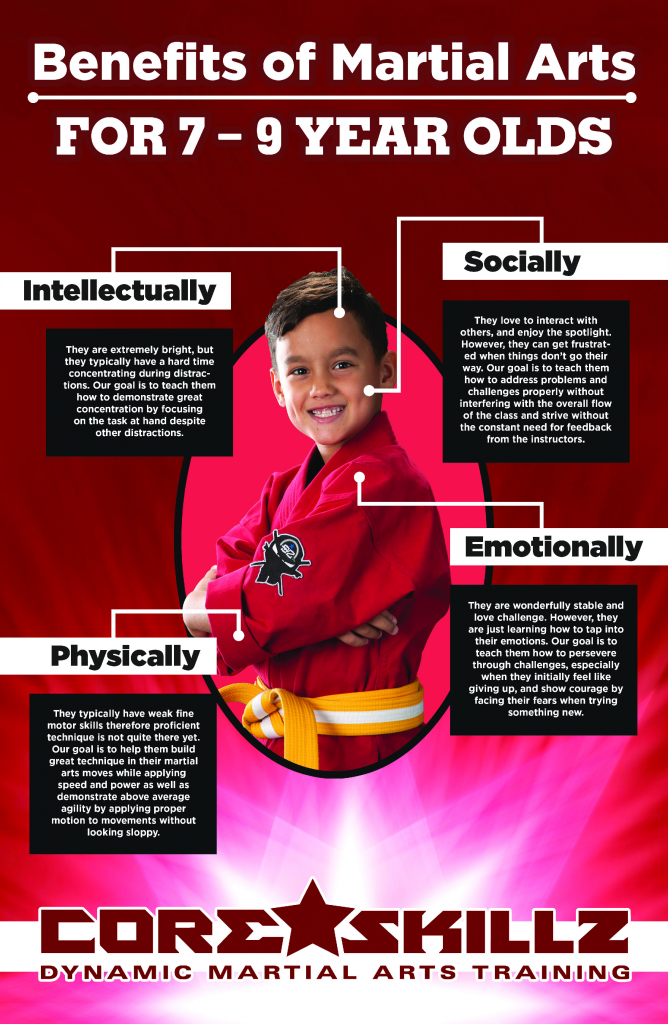Checking Out The Rich Heritage And Spiritual Dimension Of Martial Arts: A Thorough Evaluation
Checking Out The Rich Heritage And Spiritual Dimension Of Martial Arts: A Thorough Evaluation
Blog Article
Web Content Author-Rafferty Barbour
Enter the ancient world where martial arts were substantiated of necessity in diverse areas. Societies crafted distinct combating designs intertwined with historic contexts. Strategies evolved over centuries through devoted method and cultural exchanges. Today, contemporary martial arts blend conventional elements for optimal performance. Suggested Website , martial arts emphasize self-control, self-improvement, and harmony. Regard, humility, and equilibrium are fundamental concepts leading practitioners towards growth and strength. Check out the depths of this rich background and viewpoint to discover the profound impacts forming this long-lasting discipline.
Beginnings of Fighting Style
Fighting style originated in various areas around the globe, evolving as functional fight systems to defend against threats. These ancient combating styles were developed out of need, with each culture crafting methods fit to their one-of-a-kind environments and obstacles. From the grappling arts of Jujutsu in Japan to the striking techniques of Martial art in China, martial arts were deeply intertwined with the historical, social, and social material of their respective societies.
In Japan, the samurai course refined martial arts like Kenjutsu, the art of the sword, which later on advanced into the much more popularized kind of Kendo. On the other hand, in Brazil, Capoeira emerged as a mix of dancing and fight, created by enslaved Africans as a means to stand up to injustice. Each fighting style carries with it an abundant background and approach, mirroring the values and beliefs of the people who exercised them.
As you look into the beginnings of martial arts, you reveal a tapestry of human ingenuity, resilience, and the unrelenting spirit of warriors throughout time.
Evolution of Strategies
Through centuries of technique and improvement, fight techniques within various martial arts have undergone an extensive advancement. From ancient styles like Martial art and Martial arts to a lot more modern-day self-controls such as Brazilian Jiu-Jitsu and Krav Maga, the advancement of techniques has been driven by a mix of social impacts, practical applications, and technological innovations.
One significant aspect of this evolution is the cross-pollination of methods between various martial arts. For instance, techniques from conventional Japanese Jiu-Jitsu were integrated right into the development of Judo by Jigoro Kano in the late 19th century. This blending of styles has caused the advancement of crossbreed martial arts like Mixed Martial Arts (MMA), which combine aspects of striking, grappling, and entry methods.
Moreover, the development of techniques has been formed by the enhancing emphasis on performance and efficiency in fight. Professionals have continuously looked for to improve their techniques with strenuous training, trial and error, and competition, causing the development of highly specialized and reliable battling styles. In general, the evolution of strategies in martial arts mirrors the dynamic nature of battle and the ongoing pursuit for enhancement and technology.
Thoughtful Structures
Exploring the underlying thoughtful principles of martial arts gives insight right into their core worths and directing beliefs. At the heart of many martial arts self-controls is the principle of discipline itself. By training your mind and body to work as one natural system, you cultivate discipline that expands beyond the dojo or health club right into daily life. This self-control incorporates respect, humbleness, and self-control, shaping not just your physical capacities but likewise your character.
One more basic thoughtful foundation in martial arts is the idea of constant self-improvement. The journey of understanding a fighting style is relentless, with practitioners constantly aiming to much better themselves, both physically and mentally. This concentrate on growth promotes durability, willpower, and a growth mindset that can be applied to all elements of life.
Moreover, martial arts highlight the importance of harmony and equilibrium. what martial art is best for kids with adhd are developed to use an opponent's power against them, highlighting the principle of yielding and redirecting pressure rather than fulfilling it head-on. martial arts with knives encompasses interpersonal connections, promoting tranquil resolutions and good understanding. By embracing these philosophical foundations, martial artists not only boost their battle abilities but additionally cultivate a lifestyle centered on personal development, respect, and consistency.
https://spectrumlocalnews.com/nc/charlotte/news/2022/06/14/adaptive-jiu-jitsu-class-fills-void-for-military-families-with-autistic-children
In conclusion, the background and ideology of martial arts provide a rich tapestry of tradition, self-control, and self-improvement.
Consider example the tale of Bruce Lee, that reinvented martial arts by mixing various designs and viewpoints to create his very own one-of-a-kind kind of Jeet Kune Do.
With devotion and innovation, martial musicians remain to press limits and motivate others to reach their complete possibility both in fight and in life.
